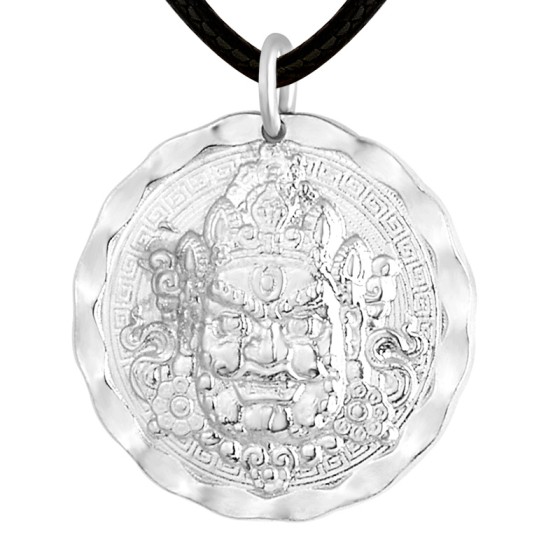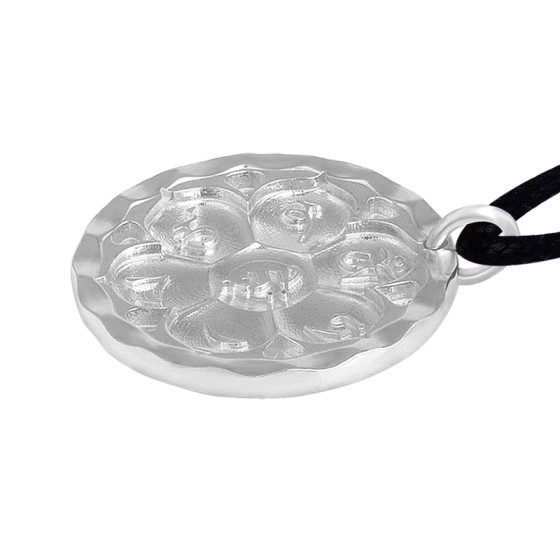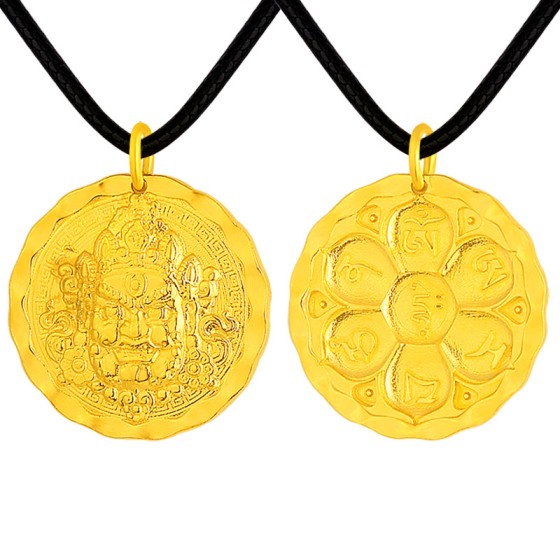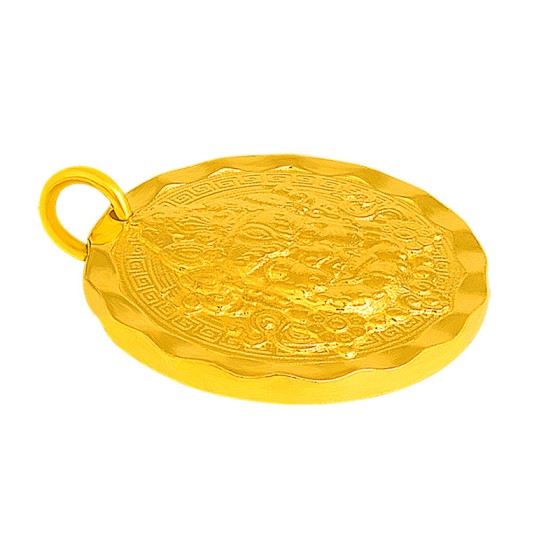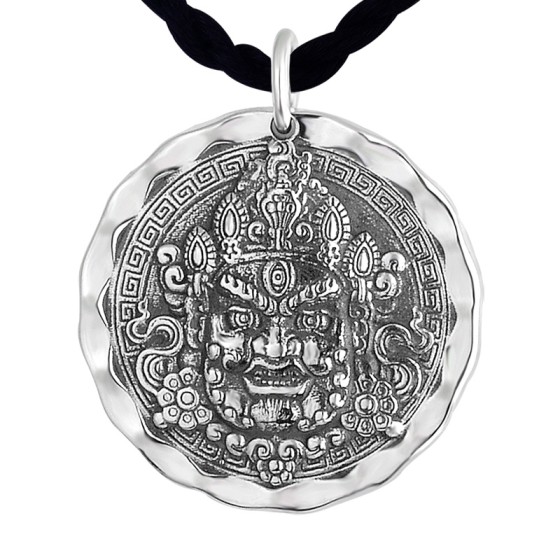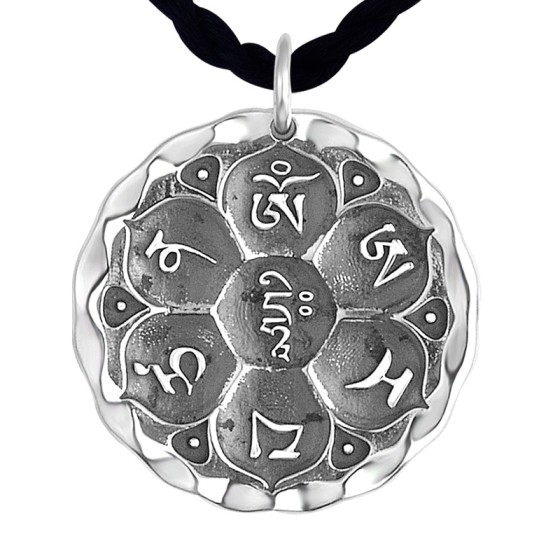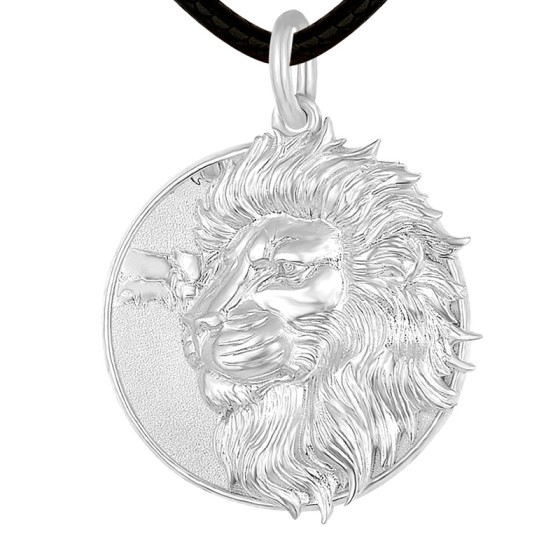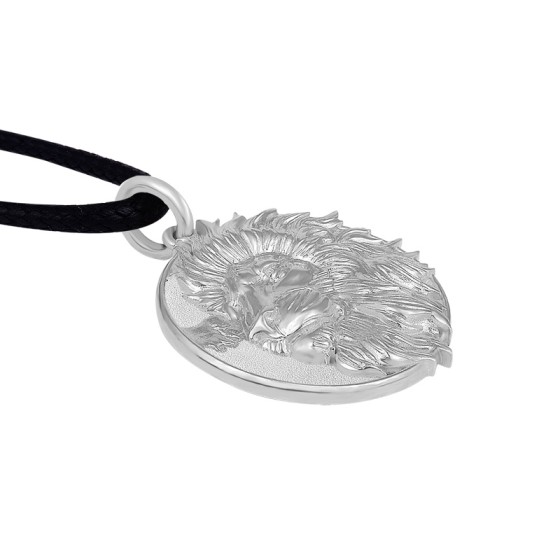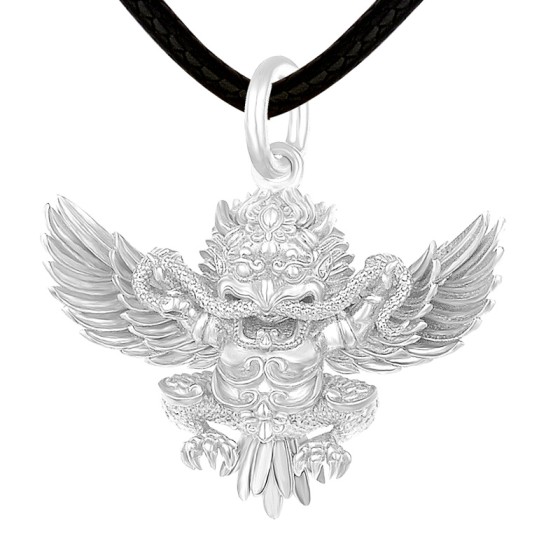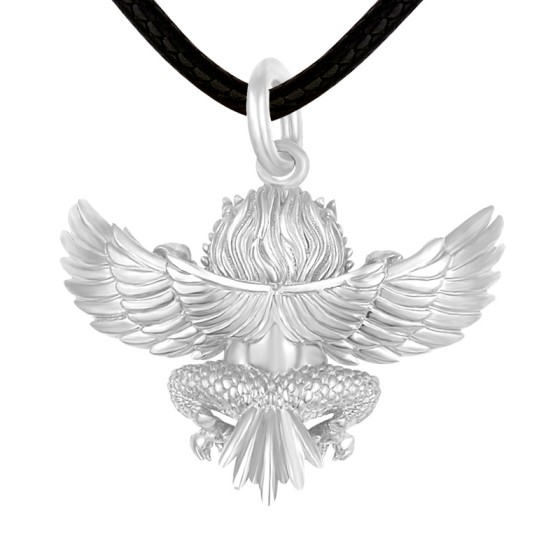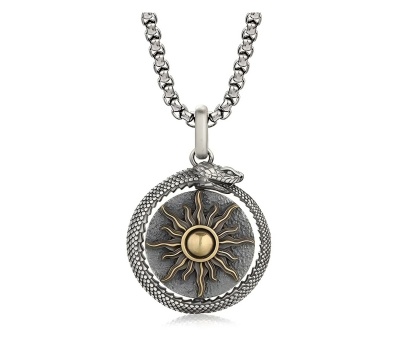Ouroboros Jewelry, Guarding Your Eternal Cycle and Balance
Have you ever been captivated by a serpentine symbol, head meeting tail, forming its own universe? The mysterious and ancient Ouroboros is not only an alchemical emblem but also a talisman that transcends time and space. Today, let's delve into how this "snake devouring its own tail" is revitalized in modern jewelry design, becoming a personal guardian that embodies power, wisdom, and the eternal cycle.
-
Unveiling the Mystery of the Ouroboros: Echoes of History
-
Origins & Evolution: Briefly trace the Ouroboros's ancient roots (Ancient Egypt, Gnosticism, Alchemy), emphasizing its universality across civilizations.
-
Core Symbolism:
-
Eternity & Infinity: The endless loop symbolizes the perpetual cycle of the universe, the wheel of time, and the continuity and immortality of life.
-
Unity & Wholeness: Devouring itself signifies the fusion of beginning and end, representing the unity of opposites (life/death, creation/destruction, inner/outer), signifying personal wholeness and cosmic harmony.
-
Self-Renewal & Rebirth: Shedding the old self through "devouring" symbolizes transformation, growth, accumulated wisdom, and spiritual awakening.
-
Protection & Energy Circulation: The circular form is believed to create an energetic field, shielding the wearer from negativity and maintaining a positive internal energy flow.
-
-
Why a Talisman? Precisely these profound meanings of eternity, wholeness, renewal, and protection make the Ouroboros a powerful spiritual talisman, reminding the wearer of inner strength and connection to the cosmos.
-
-
From Symbol to Art: The Ouroboros Interpreted in Jewelry
-
Diversity of Design Styles:
-
Classic Minimalist: Clean lines outline the distinct circular serpent, simple and elegant for daily wear, subtly expressing meaning.
-
Vintage Mystique: Incorporates alchemical symbols, stars, or geometric elements, highlighting its ancient, enigmatic aura.
-
Modern Abstract: Deconstructs the serpent form into more artistic, geometric shapes expressing the concept of cycles.
-
Naturalistic: Features realistic snake scale textures, adding a touch of wildness and power.
-
-
Material Choices & Energy:
-
Precious Metals (Gold/Silver/Platinum): Symbols of eternal value, perfectly aligning with the Ouroboros's timeless theme. Gold embodies the sun and energy; White Gold/Platinum represent purity and futurism; Silver carries mystique and cleansing properties.
-
Gemstone Accents: Stones set in the serpent's eye or specific points (e.g., Black Onyx for protection, Lapis Lazuli for wisdom, Moonstone for intuition, Diamonds for eternity) add layered meaning and beauty.
-
-
Considerations for Wearing: Necklaces (near heart/throat, symbolizing inner power/expression), Rings (cyclical energy flowing through fingertips), Bracelets/Bangles (wrists as energy portals), Earrings (guarding senses, reminding awareness). Explain the different energetic resonance of each placement.
-
-
Why Choose an Ouroboros Talisman Jewelry Piece?
-
Meaning Beyond Trends: It's not just adornment; it's a vessel for millennia of wisdom, more enduring than fleeting fashions.
-
Powerful Spiritual Reminder: In our fast-paced world, it serves as an anchor, reminding you to seek inner balance, embrace change, and foster growth. Facing challenges, it symbolizes inner resilience and infinite potential.
-
Personalized Power Totem: Choosing a design that resonates with your style and understanding makes it your unique emblem of strength and identity.
-
Connection to Ancient Wisdom: Wearing it feels like a dialogue with ancient sages, offering timeless spiritual support and a sense of cosmic rhythm.
-
The Perfect Meaningful Gift: Gifting it conveys wishes for eternal love, continual renewal, or lifelong protection for a cherished one (ideal for birthdays, anniversaries, or new beginnings).
-
-
How to Choose Your "Infinite Loop"?
-
Listen to Your Intuition: Which design catches your eye first? Your gut feeling often connects to a deeper need.
-
Clarify Your Intention: Do you seek eternal protection, a reminder of self-renewal, or inner balance? Let this guide your choice of style and material.
-
Match Your Personal Style: Select a piece that harmonizes with your everyday look and essence (minimalist/vintage/statement).
-
Focus on Detail & Craftsmanship: Ensure the serpent's form is fluid, the loop perfectly closed (symbolizing the complete cycle), and the material and finish are of high quality. Well-crafted jewelry best carries intention.
-
Comfort is Key: A talisman meant for constant wear must feel comfortable.
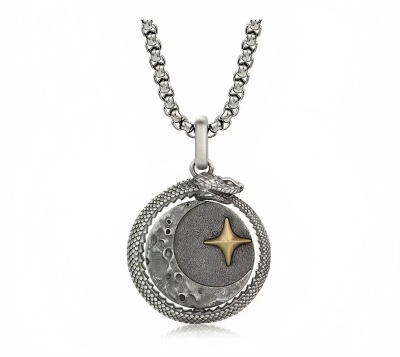
-
Outro:
The Ouroboros, this mysterious circle, invites us to step beyond linear time and experience life's eternal rhythm and inherent wholeness. A meticulously crafted Ouroboros talisman jewelry piece transforms this profound wisdom and energy into wearable art, guarding you always.
It reminds you: You possess the power of self-renewal and endless potential; You are a complete and harmonious universe.
Explore our [Ouroboros Jewelry Collection], seeking that eternal mark which resonates with your soul and guards your infinite cycle. Find your eternal anchor within the endless loop.
